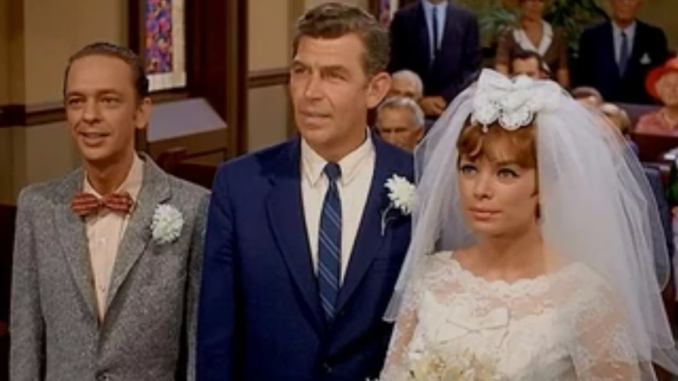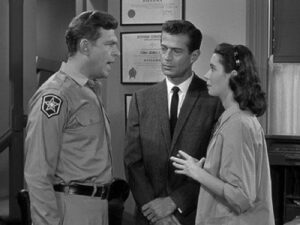
Few television shows have left as indelible a mark on American pop culture as The Andy Griffith Show. Airing from 1960 to 1968, it depicted the idyllic small-town life of Mayberry, with Sheriff Andy Taylor, his bumbling deputy Barney Fife, and a host of memorable characters. Yet, as much as I appreciate its charm and humor, I often find myself wrestling with conflicting emotions about its portrayal of life, relationships, and societal norms.
At its core, The Andy Griffith Show evokes a sense of nostalgia for a simpler time. The close-knit community, the gentle wisdom of Sheriff Taylor, and the comedic antics of Barney Fife create a comforting escape from modern chaos. Episodes often teach valuable life lessons wrapped in humor, making the show feel timeless in many ways. However, the idyllic picture of Mayberry is not without its flaws.

One major source of my internal conflict is the lack of diversity. Mayberry is portrayed as an all-white town, existing in a vacuum during a tumultuous era in American history. The civil rights movement was gaining momentum during the show’s run, yet this struggle is entirely absent from Mayberry’s narrative. This omission creates a disconnect between the show’s idealized world and the realities of the time, making it difficult to reconcile the warmth of its storytelling with the silence on critical social issues.
Furthermore, gender roles in the series often reflect outdated stereotypes. Women in Mayberry are frequently relegated to secondary roles, with their storylines revolving around romance or domestic responsibilities. While characters like Aunt Bee and Helen Crump exhibit strength and intelligence, they are seldom allowed to step outside traditional roles, limiting their depth and agency.
Despite these criticisms, The Andy Griffith Show remains a cultural treasure. Its humor, heart, and timeless lessons have endeared it to generations. Acknowledging its limitations doesn’t diminish its value but allows for a more nuanced appreciation of its place in television history.
